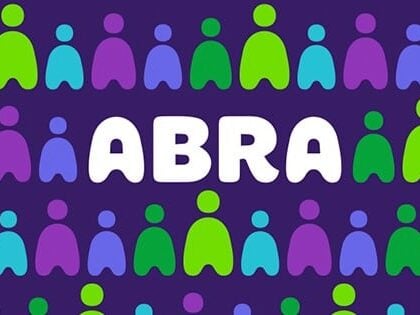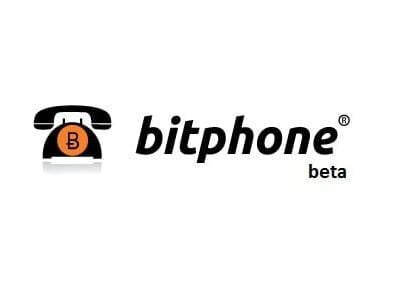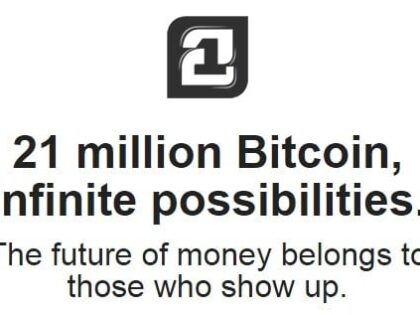
With the uprise of the internet and social media came the uprise of crowdfunding. Crowdfunding is a way of raising money for a cause, be it personal or starting a new business, by asking many people to donate small amounts of money. Sometimes, rewards are also offered. This new method of raising money helped with the birth of many sites like Kickstarter and GoFundMe. However, until recently there weren’t any sites that accepted Bitcoin, or any other cryptocurrency, for donations.
Enter Lightlist, a site that serves as a directory for the Lighthouse platform. Lighthouse is a specialized wallet designed to facilitate decentralized crowdfunding. Anyone who wants to create a project simply downloads the client to their computer and can then create a new project file. This file is then shared either through traditional methods like email, or through sites, like Lightlist.
Since there’s no central site, no project can be denied. There are no fees, except an optional Bitcoin miner fee taken out of the money raised. Lightlist shows a list of projects that have been uploaded to their site or that they found by crawling other sites. Each one has a description and image associated with it, so that the purpose of each project is clear. The goal and progress towards that goal is also shown.
To make donating even easier, Lightlist has added the option to tip the project via ChangeTip. This makes it possible for anyone to help the projects they like without the need to download the Lighthouse application.
However, despite all of the advantages that Lighthouse and Lightlist bring, there are some places that it falls behind. First, as of right now there isn’t an option for imposing a deadline to help encourage donations. But, there are open GitHub issues that intend to help add that functionality soon. Also, as of right now, there are very few projects available, and they can be hard to find. Hopefully in time sites like Lightlist will become more populated as the technology catches on, leading to increased adoption.
In the end, Lightlist and Lighthouse show a lot of promise, can help preserve the anonymity of people online, and are a step forward in mainstream Bitcoin use.
How it Works
- A user creates a new project with the Lighthouse application
- The created project file is shared via social media and dedicated project sites, like Lightlist
- Users can pledge money to the project by importing it into their Lighthouse application and setting a pledge amount. Pledges can be withdrawn up until the project is fully funded
- Only once the project is fully funded are the funds available to the project creator
- The project creator can send the now-available funds to their personal wallet
Want to Learn More?
If you want to learn more about how Lightlist and Lighthouse work, be sure to check out the FAQ sections of their sites.







